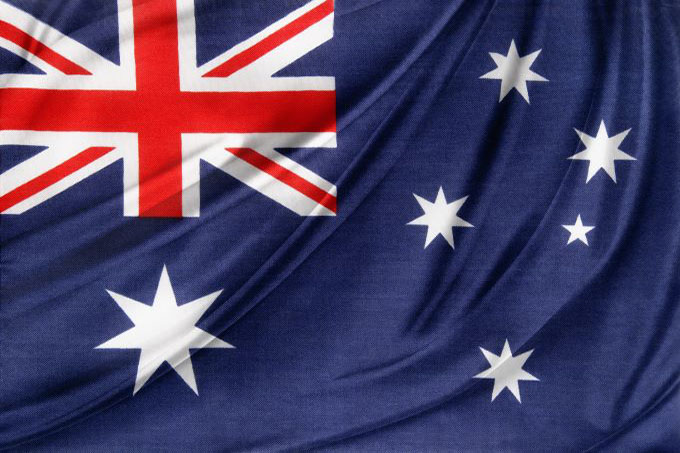 The Reserve Bank of Australia decided to hold the cash rates steady at 0.25 percent. The move was heavily expected by analysts since many hold that there's no point for a further reduction of the benchmark interest rate and that in order to ease its monetary policy stance the bank would employ quantitative easing.
The Reserve Bank of Australia decided to hold the cash rates steady at 0.25 percent. The move was heavily expected by analysts since many hold that there's no point for a further reduction of the benchmark interest rate and that in order to ease its monetary policy stance the bank would employ quantitative easing.
The RBA insisted on its idea of not raising the cash rates until Australia reaches full employment and inflation is within its target band, which currently stands at 2-3 percent. This makes some analysts think that the RBA won't change its stance regarding the interest rate levels for at least a couple of years.
“The cash rate is as low as it's going to go, and the next move in rates will be up but it's at least three years away, probably more,” explained an analyst at AMP.
The RBA Governor Philip Lowe said that the country is currently going through a very difficult period. However, he highlighted that the financial markets are operating more efficiently now.
“There is considerable uncertainty about the outlook,” he said, adding that without the coordinated fiscal and monetary policy responses the situation would be worse, “There has been a substantial, coordinated and unprecedented fiscal and monetary response in Australia to the coronavirus. Without this response, the outlook would have been even more challenging. These policies are supporting the economy right now and will help when the recovery comes,” he added.
Lowe also stated that there would be a stronger economic recovery if there is more progress in containing the advance of the coronavirus epidemic in the near term and there is a faster return to the regular economic activity levels. At the moment there are about 6,847 confirmed coronavirus infections in Australia and a death toll of 96.
According to data provided by ABS, there are around 1 million Australians that were forced to leave their jobs since the middle of March. This means that employee jobs went down by 7.5 percent during that period, while wages dropped 8.2 percent.
“The industries which lost the most jobs continued to be accommodation and food services (-33.4 percent) and arts and recreation services (-27.0 percent),” they stated.
Despite the bad data, Australia's consumer confidence went up last week, gaining 5.3 percent. Analysts attribute this to the further easing of the restrictions that were imposed to contain the advance of the pandemic.
At the moment, Australia is considering opening its borders to New Zealand nationals. New Zealand's Prime Minister, Jacinda Ardern attended Australia's cabinet meeting to discuss the possibility of establishing a travel bubble between both countries. In any case, despite Ardern confirmed that they're planning to do so there is still a long way ahead before they reestablish international travel.
The S&P/ASX200 benchmark index closed on the positive territory, gaining 87.30 points during the session and adding 1.64 percent.
By 6:29 GMT the Aussie went up by 0.42 percent against the US dollar, hitting the 0.6453 level. Conversely, it advanced 0.13 percent against the New Zealand Dollar, hitting the 1.0635 level.
